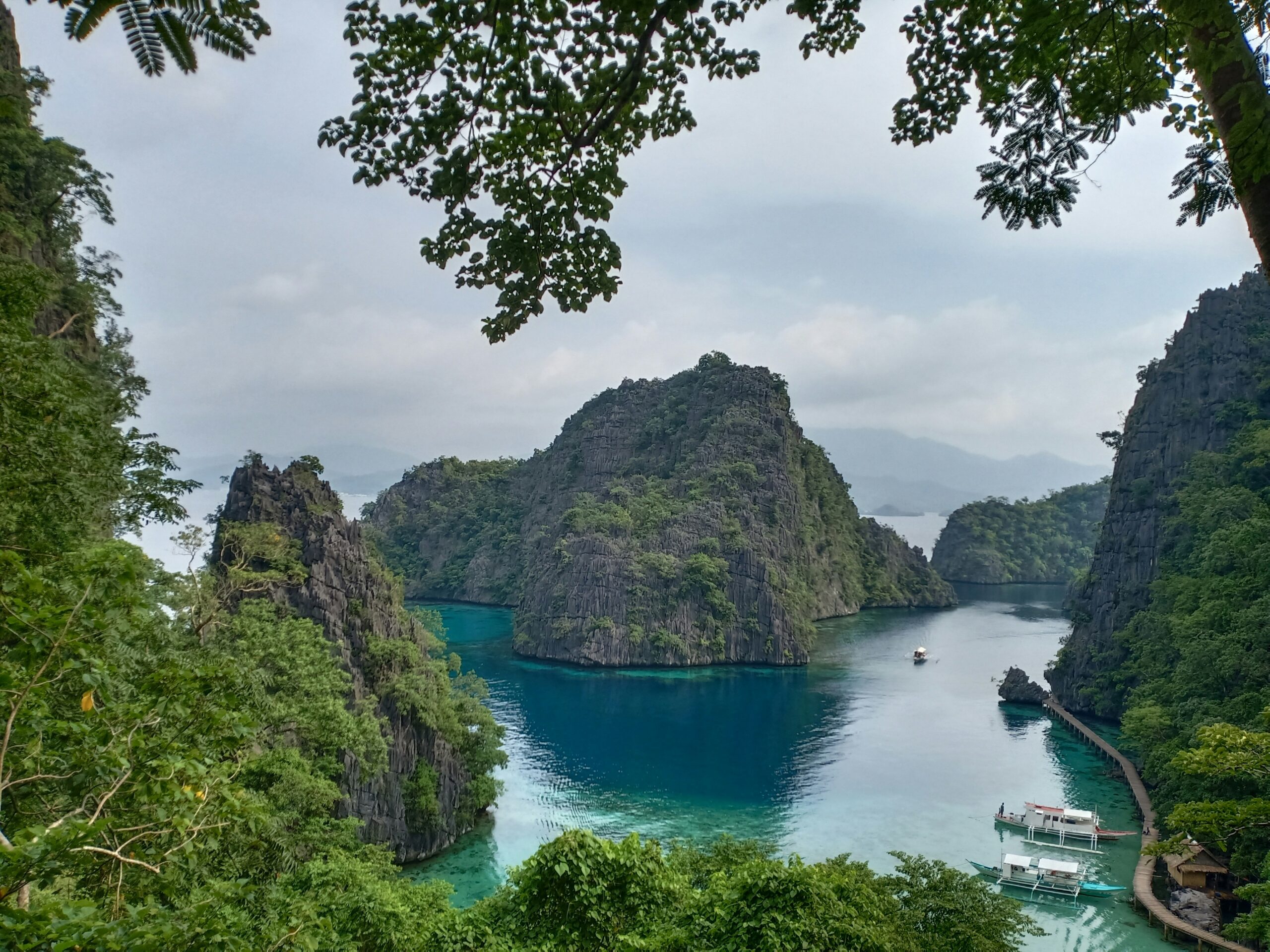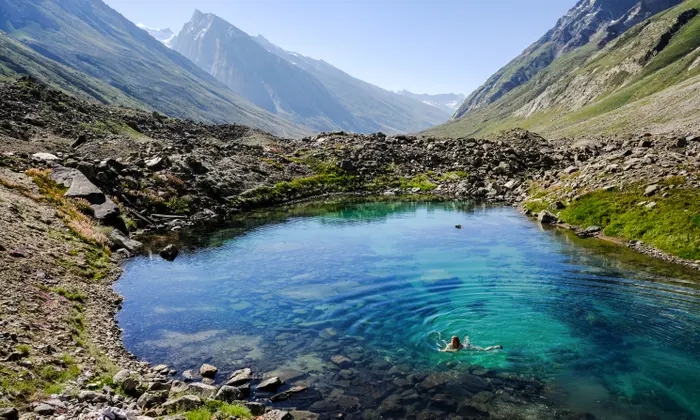Palawan, often referred to as the last frontier of the Philippines, is a destination that captivates travelers with its stunning natural beauty, rich cultural heritage, and an array of unique experiences. Nestled between the South China Sea and the Sulu Sea, this archipelago is renowned for its crystal-clear waters, lush jungles, and vibrant marine life. From the breathtaking limestone cliffs of El Nido to the underground rivers of Puerto Princesa, Palawan offers a diverse range of attractions that cater to adventure seekers and relaxation enthusiasts alike. This post delves into the essence of Palawan, exploring its culture, history, attractions, local cuisine, and the unique experiences that set it apart from other tropical paradises.
- Rich Cultural Heritage
- Stunning Natural Attractions
- Delicious Local Cuisine
- Unique Experiences to Engage With Nature
- Practical Travel Tips
- Conclusion
- Frequently Asked Questions

Rich Cultural Heritage
The cultural tapestry of Palawan is woven from the threads of various indigenous groups, including the Tagbanua, Batak, and Palaw’an peoples. Each group contributes to the island’s rich history and traditions. Visitors can immerse themselves in the local culture by participating in community-led tours, where they can learn about traditional fishing techniques, handicrafts, and the significance of local rituals. For instance, the Tagbanua people offer guided tours of their ancestral lands, showcasing their deep connection to nature and sustainable living practices.
Moreover, the Puerto Princesa Subterranean River National Park, a UNESCO World Heritage Site, is not only a natural wonder but also a cultural landmark. The river, which flows through a stunning limestone cave system, is a testament to the region’s geological history and is revered by locals as a sacred site. Guided tours of the park typically cost around PHP 1,500 (approximately $30) per person, including entrance fees and boat rides.
Stunning Natural Attractions
Palawan is home to some of the most breathtaking natural attractions in the world. El Nido, often dubbed the “jewel of the Philippines,” is famous for its dramatic limestone cliffs and hidden lagoons. Island-hopping tours are a popular way to explore this area, with prices ranging from PHP 1,200 to PHP 2,500 ($24 to $50) depending on the inclusions such as lunch and snorkeling gear. Tour A and Tour C are particularly popular, taking visitors to iconic spots like the Big Lagoon, Small Lagoon, and Secret Lagoon.
Another must-visit destination is Coron, known for its stunning lakes and world-class wreck diving. Kayangan Lake, often cited as the cleanest lake in the Philippines, offers crystal-clear waters surrounded by towering limestone cliffs. Entrance fees are around PHP 200 ($4), and visitors can rent a kayak for about PHP 300 ($6) to explore the serene waters. The underwater scenery here is equally mesmerizing, with dive shops offering packages starting at PHP 3,500 ($70) for a two-dive experience.

Delicious Local Cuisine
Palawan’s culinary scene is a delightful fusion of flavors influenced by its diverse cultural heritage. Seafood is a staple, with fresh catches available at local markets and restaurants. A must-try dish is the “Tamilok,” a unique delicacy made from woodworms found in mangrove trees, often served with vinegar and chili. For those less adventurous, grilled fish, shrimp, and local vegetables are widely available and delicious.
Dining in Palawan can be quite affordable, with meals at local eateries costing around PHP 150 to PHP 300 ($3 to $6). For a more upscale experience, restaurants like KaLui in Puerto Princesa offer a beautiful ambiance and a tasting menu featuring local ingredients, with prices averaging PHP 700 ($14) per person. The vibrant night markets in Puerto Princesa also provide a fantastic opportunity to sample street food, from grilled skewers to sweet coconut desserts.
Unique Experiences to Engage With Nature
For those seeking unique experiences, Palawan offers a plethora of activities that allow travelers to connect with nature. One such experience is the “Firefly Watching” tour in Iwahig, where visitors can witness the enchanting sight of fireflies illuminating the mangroves at night. Tours typically cost around PHP 1,000 ($20) per person and include a boat ride through the serene waters.
Another unforgettable experience is visiting the Tubbataha Reefs Natural Park, a UNESCO World Heritage Site and a diver’s paradise. The park is accessible only by liveaboard boats, with dive packages starting at PHP 20,000 ($400) for a three-day trip, including meals and accommodations. The vibrant coral reefs and diverse marine life make this a bucket-list destination for divers.
Practical Travel Tips
Traveling to Palawan requires some planning to ensure a smooth experience. The best time to visit is during the dry season, from November to May, when the weather is pleasant and ideal for outdoor activities. Flights to Puerto Princesa are available from major cities in the Philippines, with prices ranging from PHP 2,000 to PHP 5,000 ($40 to $100) depending on the season and airline.
When packing for Palawan, lightweight clothing, swimwear, sunscreen, and insect repellent are essential. For island-hopping tours, a waterproof bag is recommended to protect valuables. Cash is king in Palawan, as many establishments do not accept credit cards, so it’s advisable to withdraw cash upon arrival in Puerto Princesa.
Conclusion
Palawan is a destination that offers a rich tapestry of experiences, from its stunning natural landscapes to its vibrant culture and delectable cuisine. Whether exploring the hidden lagoons of El Nido, diving in the crystal-clear waters of Coron, or savoring local delicacies, travelers will find themselves enchanted by the island’s charm. With careful planning and an adventurous spirit, a trip to Palawan promises unforgettable memories and a deeper appreciation for the beauty of nature.
Frequently Asked Questions
What’s the best time of year to visit Palawan?
The ideal time to visit Palawan is during the dry season, which runs from November to May. During these months, the weather is typically sunny and dry, making it perfect for outdoor activities like island hopping and diving. The peak tourist season occurs from December to April, so booking accommodations and tours in advance is advisable.
How much should I budget for a trip to Palawan?
A budget for a trip to Palawan can vary significantly based on travel style. On average, travelers can expect to spend around PHP 2,000 to PHP 5,000 ($40 to $100) per day, including accommodation, meals, transportation, and activities. Budget accommodations start at PHP 500 ($10) per night, while mid-range hotels range from PHP 1,500 to PHP 3,000 ($30 to $60).
What should I pack for my trip?
Essential items to pack for Palawan include lightweight clothing, swimwear, sunscreen, insect repellent, and a reusable water bottle. A waterproof bag is also recommended for island-hopping tours to protect valuables. If planning to hike or explore, sturdy shoes and a hat for sun protection are advisable.
Is Palawan safe for travelers?
Palawan is generally considered safe for travelers. However, as with any destination, it is essential to take standard safety precautions, such as avoiding isolated areas at night and keeping valuables secure. It is also advisable to stay updated on local news and follow any travel advisories.
How can I get around Palawan?
Getting around Palawan can be done via tricycles, jeepneys, and vans. Tricycles are a popular mode of transport in Puerto Princesa, with fares typically ranging from PHP 10 to PHP 50 ($0.20 to $1). For longer distances, van services are available, connecting major tourist spots. Renting a motorbike is also an option for more adventurous travelers.
What local customs should I be aware of?
When visiting Palawan, it is important to respect local customs and traditions. Dress modestly when visiting villages or religious sites, and always ask for permission before taking photographs of people. Additionally, showing appreciation for local culture and practices will enhance interactions with residents.
Are there any insider tips for visiting Palawan?
One insider tip is to visit popular attractions early in the morning or later in the afternoon to avoid crowds. Additionally, consider booking tours with local operators to support the community and gain a more authentic experience. Lastly, be sure to try local delicacies at street food stalls for an affordable and delicious culinary experience.


















